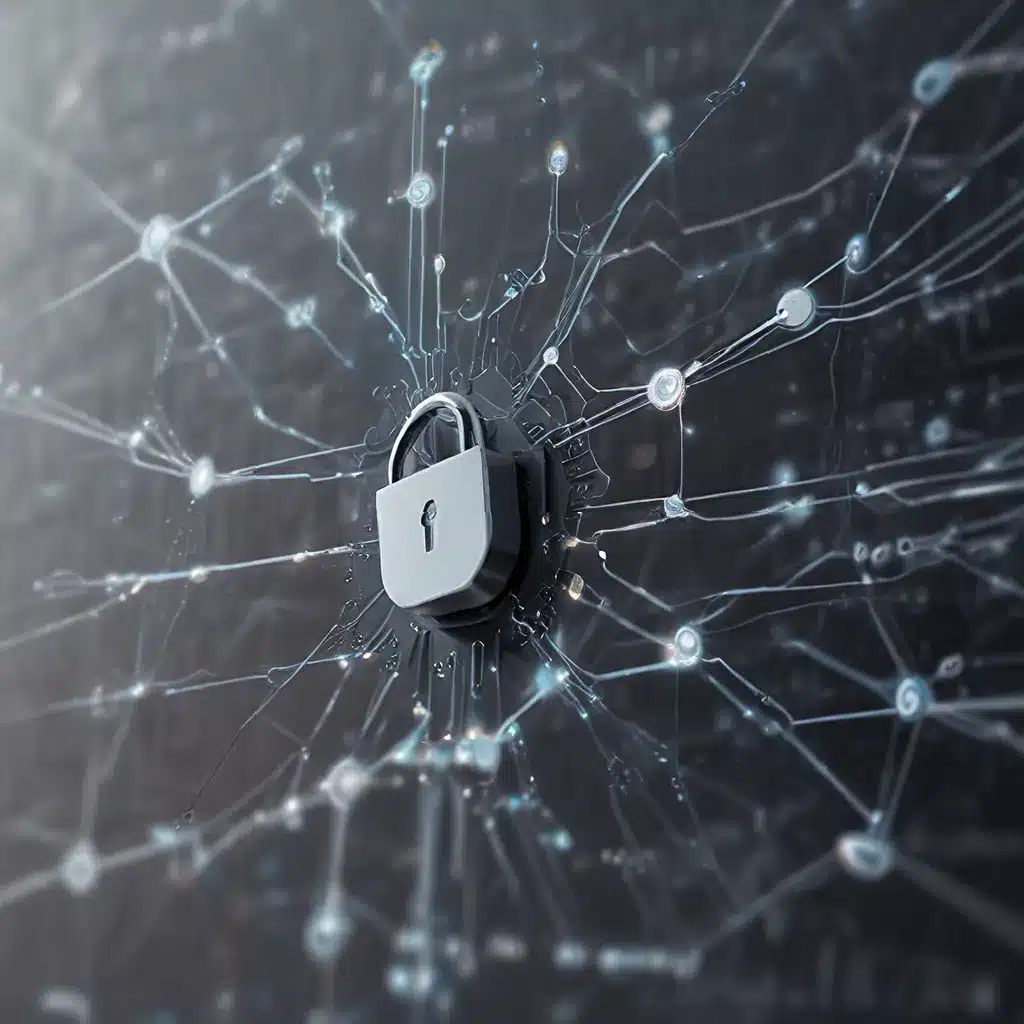
The Evolving Landscape of Sensor Networks and IoT
The rapid advancement of sensor network technologies and the ever-increasing integration of the Internet of Things (IoT) have transformed how we interact with the world around us. From smart homes and cities to industrial automation and environmental monitoring, these interconnected systems have brought about unprecedented levels of efficiency, data-driven decision-making, and improved quality of life. However, as the complexity and ubiquity of these sensor networks and IoT devices continue to grow, so too do the challenges in ensuring their security and reliability.
One of the key components in this ecosystem is the IoT gateway, a crucial element that bridges the gap between the edge devices and the cloud. These gateways play a vital role in managing data flow, processing sensor inputs, and facilitating secure communication between the various elements of the network. Ensuring the security and resilience of these gateways is paramount, as they serve as the first line of defense against potential cyber threats.
Securing the IoT Gateway: Safeguarding the Edge
The IoT gateway is the critical interface between the physical world and the digital realm, responsible for tasks such as data aggregation, protocol translation, and edge computing. Ensuring the security of these gateways is crucial, as they can be vulnerable to a range of cyber threats, including network attacks, malware infections, and unauthorized access.
One of the key strategies for securing IoT gateways is implementing robust authentication and authorization mechanisms. This involves the use of strong passwords, multi-factor authentication, and role-based access controls to limit access to the gateway and its associated devices. Additionally, regularly updating the firmware and software of the gateway, as well as applying the latest security patches, can help mitigate the risk of vulnerabilities being exploited by malicious actors.
Securing IoT Devices at the Edge
Beyond the IoT gateway, the edge devices themselves must also be secured to maintain the overall integrity of the sensor network. Edge devices, such as sensors, actuators, and embedded systems, are often deployed in remote or uncontrolled environments, making them vulnerable to a variety of security threats, including physical tampering, data interception, and unauthorized access.
To address these challenges, implementing secure boot processes, encrypted communication channels, and secure storage for sensitive data are critical. Additionally, regular firmware updates and the use of secure hardware (such as Trusted Platform Modules (TPMs) or secure enclaves) can enhance the security posture of edge devices.
Balancing Security and Energy Efficiency
One of the key considerations in sensor network design and IoT deployments is the energy consumption of the various components. Edge devices, in particular, often have limited power resources, requiring a careful balance between security and energy efficiency.
Techniques such as duty cycling, power management, and adaptive security can help optimize the energy usage of edge devices without compromising their security. For example, low-power cryptographic algorithms and energy-efficient authentication protocols can be employed to maintain secure communication while minimizing the energy footprint of the devices.
Embracing a Holistic Approach to IoT Security
Securing sensor networks and IoT systems requires a holistic approach that encompasses multiple layers of defense. This includes not only securing the IoT gateways and edge devices but also managing the communication channels, safeguarding the cloud infrastructure, and implementing comprehensive threat detection and response strategies.
By adopting a layered security approach, organizations can mitigate the risks associated with sensor networks and IoT deployments, ensuring the confidentiality, integrity, and availability of the data and the overall system. This approach should also include regular security audits, incident response planning, and employee training to foster a culture of security within the organization.
The Future of Secure Sensor Networks and IoT
As sensor networks and IoT technologies continue to evolve, the security challenges will only become more complex. Emerging technologies, such as edge computing, 5G, and quantum-resistant cryptography, will play a crucial role in shaping the future of secure sensor networks and IoT systems.
Sensor-networks.org is at the forefront of these advancements, providing innovative solutions and expert insights to help organizations navigate the ever-changing landscape of sensor network security and IoT resilience. By staying informed and adopting proactive security measures, organizations can leverage the power of sensor networks and IoT to drive innovation, efficiency, and sustainability while ensuring the protection of their critical assets and sensitive data.